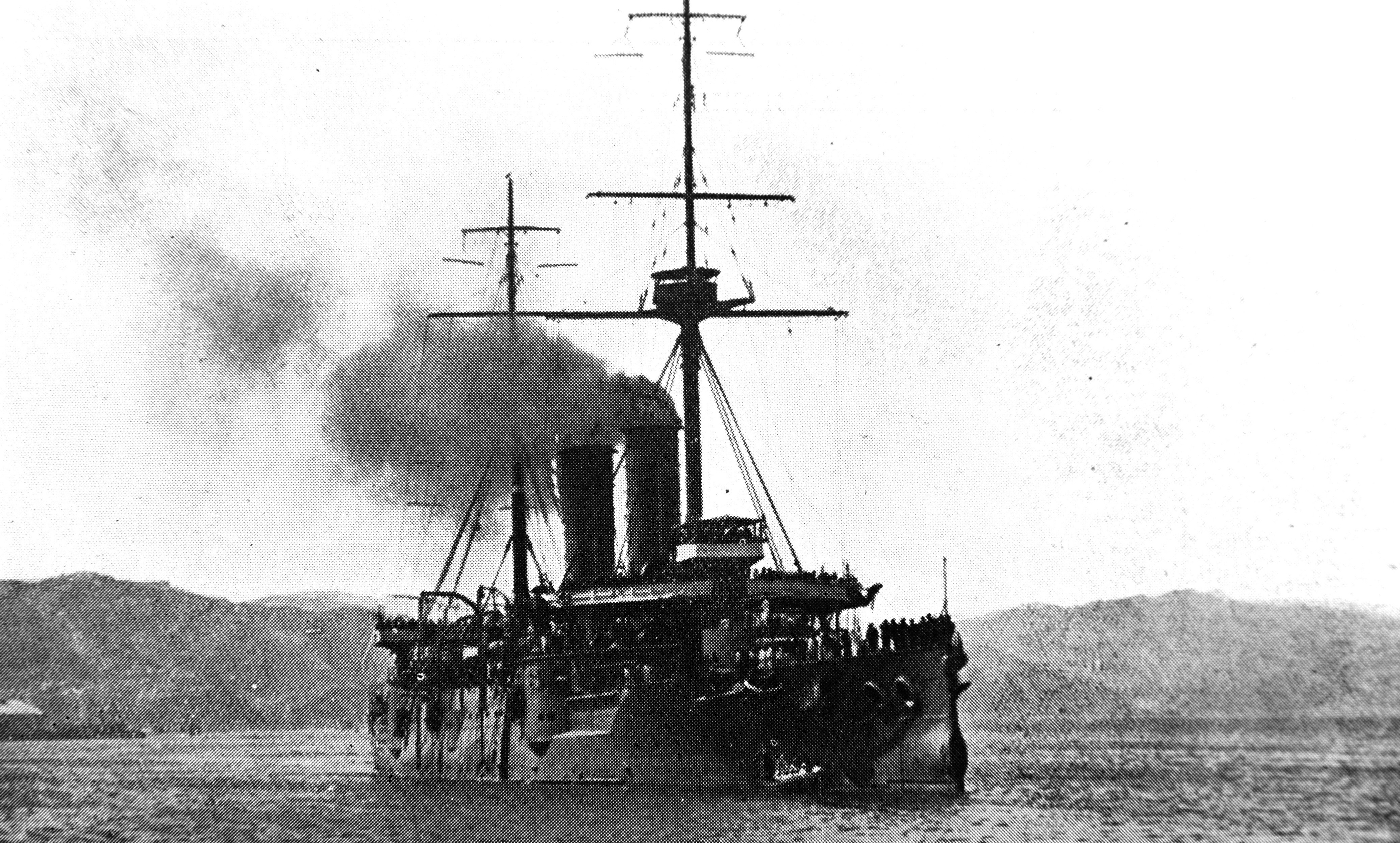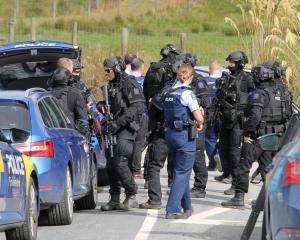
The squadron is under the command of Vice-Admiral Shichigoro Saito CB. The welcome was a cordial one, huge crowds lining the waterfront. The flagship fired a salute of 21 guns as she steamed past Somes Island fort. The Dorset returned the compliment. The flagship went to the Clyde quay wharf, near to HMS Chatham, and the Iwate and the Yakumo to the Pipitoa wharf.

"Very much like Kobe", said one of the officers after a comprehensive view of the harbour and the city.
The officers of the Chatham waited on the vice-admiral as he landed, and another salute was fired. He then called on the Prime Minister, and Mr Massey, accompanied by several of his ministers, promptly returned the call. On the Prime Minister’s table the Japanese admiral saw the quaint loving cup presented to New Zealand by Rear-Admiral Matsumara on the occasion of his visit to New Zealand with the Japanese training squadron in 1916.
Otago scientists visit Chathams
For some years the Otago Institute has had in view a scientific excursion to the Chatham Islands. Very little was definitely known of the islands, and seeing that they were so close and under New Zealand control it was considered high time that research should be carried out, and that by New Zealand students. Our first view of the bay was a pleasant one. Near at hand steep bluffs 40 feet to 50ft high showed strata that roused in the geologists a desire for closer examination, while the masses of vegetation on the gentler slopes appealed to the botanists.
The landing effected, the party soon forgot the woes of a somewhat rough trip in assimiliating a clean and welcome breakfast.
Later when the luggage had been brought up from the jetty a walk was taken round the shores. The seashore produced many fine specimens of the present day marine life. The rocks showed fossil shells and large numbers of marine caddis flies and marine spiders in the rock crevices, while the shore produced an interesting list of plants for the botanists.
Further round the bay we crossed the little Nairn River, and on the sand found abundant traces of the old Moriori inhabitants. On the site we now found but one or two buildings of European design in bad repair, and the rest simply a grass flat. Passing along the seaward side of the path we found further traces of the old inhabitants. Where the low sandhills dropped and broke away on the sea faces a continuous band of debris and burnt soil with heavy layers of shells of the kind common in the bay marked where the ancient inhabitants had made their seaside meals. Amongst the mass were bones of fish, birds, seals and blackfish.
A trip was arranged to visit limestone caves which report said had been used by the Morioris in olden times. We rode through the township of Te One and northward between the Great Lagoon and the sea. From here we again went north, striking in to the shore of the lagoon again to see a really magnificent series of carvings in the rock over the entrance to a cave.
Dr Ellison, the island doctor, who had organised our trip, pointed out that these were mainly representations of shags. It is a sad thing to see that irresponsible people have scrawled over and defaced some of these historical carvings.
— by W. George Howes FES
— ODT, 5.2.1924 (Compiled by Peter Dowden)












